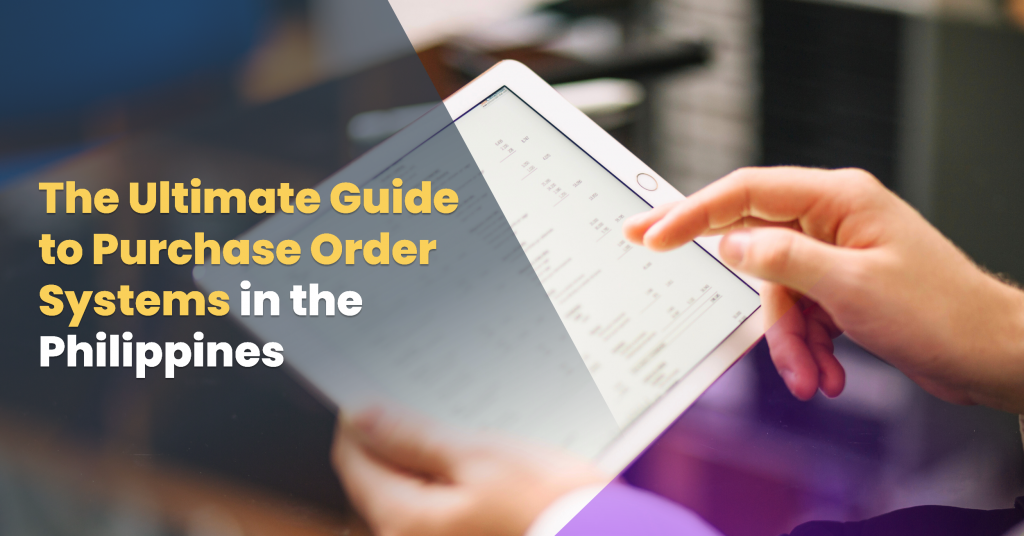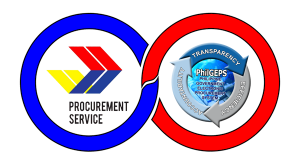Efficient procurement is the backbone of any successful business in the Philippines. As the economy grows and more companies adopt digital solutions, using a reliable purchase order system is becoming essential. This guide will walk you through how purchase order systems work and why they’re crucial for procurement managers who want to improve their operations.

What is a Purchase Order System?
A purchase order (PO) system helps businesses create, track, and manage purchase orders (POs) digitally. The purpose of a PO system is to simplify and automate procurement tasks like managing suppliers, orders, and inventory. This reduces manual errors, speeds up processes, and ensures everything is organized.
Key Features of a Good Purchase Order (PO) System
Key features include automated approvals, real-time order tracking, and integration with accounting software. These features help procurement managers handle orders smoothly, maintain accurate records, and strengthen supplier relationships through better communication. A PO system is more than just order management, it’s a tool that helps businesses in the Philippines avoid stockouts, over-ordering, and other costly mistakes.
Why Your Business Needs a Purchase Order System
A PO system improves procurement processes by automating tasks and cutting down on the time it takes to handle orders. Faster approval times mean fewer delays, which saves your team valuable time. Additionally, real-time data about inventory helps procurement managers avoid unnecessary expenses from over-ordering or running out of stock.
Accurate financial records are another major advantage. A PO system provides detailed histories of all orders, which integrate seamlessly with accounting software. This helps businesses in the Philippines stay compliant, makes audits easier, and aids in financial planning.
Types of Purchase Order Systems
- Manual PO Systems: Paper-based, time-consuming, and prone to errors.
- Digital PO Systems: Efficient and automated. It can be cloud-based (accessible anywhere) or on-premise (installed on your servers). Most Filipino SMEs prefer cloud-based systems because they are affordable and flexible.
There are several types of PO systems available. Some businesses still use manual, paper-based systems, but these are often slow and prone to errors. Digital PO systems, on the other hand, streamline operations and improve accuracy.
Cloud-based PO systems are becoming popular in the Philippines, especially for SMEs. They offer flexibility, accessibility from anywhere, and seamless integration with other software. Larger companies might opt for on-premise solutions, which provide greater control over data but require more upfront investment.
Key Features to Look for in a PO System
When selecting a purchase order system, here are the main features you should prioritize:
- Automation: Approvals and workflows should be automated to eliminate bottlenecks and errors.
- Real-Time Tracking: You need to be able to track orders and inventory at any given moment.
- Integration: The system should connect with your accounting software for easy financial reporting.
- Supplier Management: Communication with suppliers should be efficient, and all supplier data should be easily accessible.
Benefits of Using a PO System in the Philippines
Implementing a purchase order system offers several advantages:
- Reduced Errors: By automating processes, businesses can avoid common errors in procurement and record keeping.
- Faster Order Fulfillment: Automation speeds up order processing, which reduces lead times and boosts customer satisfaction.
- Stronger Supplier Relationships: A PO system improves communication with suppliers, ensuring timely and accurate deliveries.
- Better Control: With real-time data, procurement managers can make more informed decisions and optimize inventory levels.
Popular Purchase Order Systems in the Philippines
Popular PO systems include Shoppable and Quotable. Local systems tend to offer better support and an understanding of the Filipino market, while international solutions often come with more advanced features and scalability. Businesses need to weigh these options based on their specific needs, whether they prioritize cost, features, or support.
What are the Benefits of Quotable in the Procurement Workflow?
- FREE for MSMEs
- Invite Existing or New Suppliers
- Get Live Quote Requests
- Compare Top Quotes
- Share for Approval
- Streamline Purchasing & Sales
- Add your Team to Manage
Challenges in Adopting PO Systems
Adopting a new PO system isn’t without its challenges. For many companies, the initial cost, training, and change management can be roadblocks. Businesses should budget not only for the system itself but also for the time and resources required to train employees and integrate the system into their daily operations.
Overcoming Challenges in Supply Chain and Procurement
Overcoming resistance to change is another common challenge, especially for SMEs. Employees accustomed to manual processes may resist digital solutions. Business leaders must highlight the long-term benefits of implementing a PO system to ease this transition.
Legal and compliance concerns are also important. Companies must ensure that their PO systems comply with local regulations and industry standards to maintain operational transparency and security.
How to Implement a PO System
- Evaluate Your Needs: Assess your business size, budget, and goals.
- Select the Right System: Compare different PO systems to find one that meets your requirements.
- Engage Stakeholders: Involve procurement, finance, and IT teams in the decision-making process.
- Train Your Team: Ensure everyone understands how to use the system efficiently.
Successful implementation of a PO system involves careful planning. Start by assessing your company’s specific procurement needs and comparing available systems. Engage key stakeholders, including procurement managers, IT staff, and finance teams, early in the process to ensure a smooth rollout.
Team Involvement and Collaboration
Training is another critical step. Providing your team with comprehensive training will help them get up to speed with the new system, making adoption faster and more efficient. Ongoing support is also crucial, vendors should provide customer service and troubleshooting to resolve any issues quickly.
Once the system is live, track key performance indicators (KPIs) to measure its success. Monitor metrics such as order processing times, error rates, and supplier satisfaction to ensure the system is delivering value.

Key Takeaways
A purchase order system is an indispensable tool for any business in the Philippines looking to streamline its procurement process. By automating workflows, providing real-time insights, and improving supplier relationships, PO systems empower procurement managers to make better decisions and run their operations more efficiently.
For Filipino businesses, the key to thriving in a competitive market lies in choosing the right PO system. Take the time to assess your needs, evaluate different systems, and engage with vendors to ensure that your chosen solution aligns with your company’s goals. With the right purchase order system, your business can achieve greater operational efficiency and long-term success.
Simplify your procurement workflow with Shoppable’s newest tool, Quotable! This FREE and user-friendly software is designed for MSMEs in the Philippines.
See how Quotable can ease your business operations by visiting









